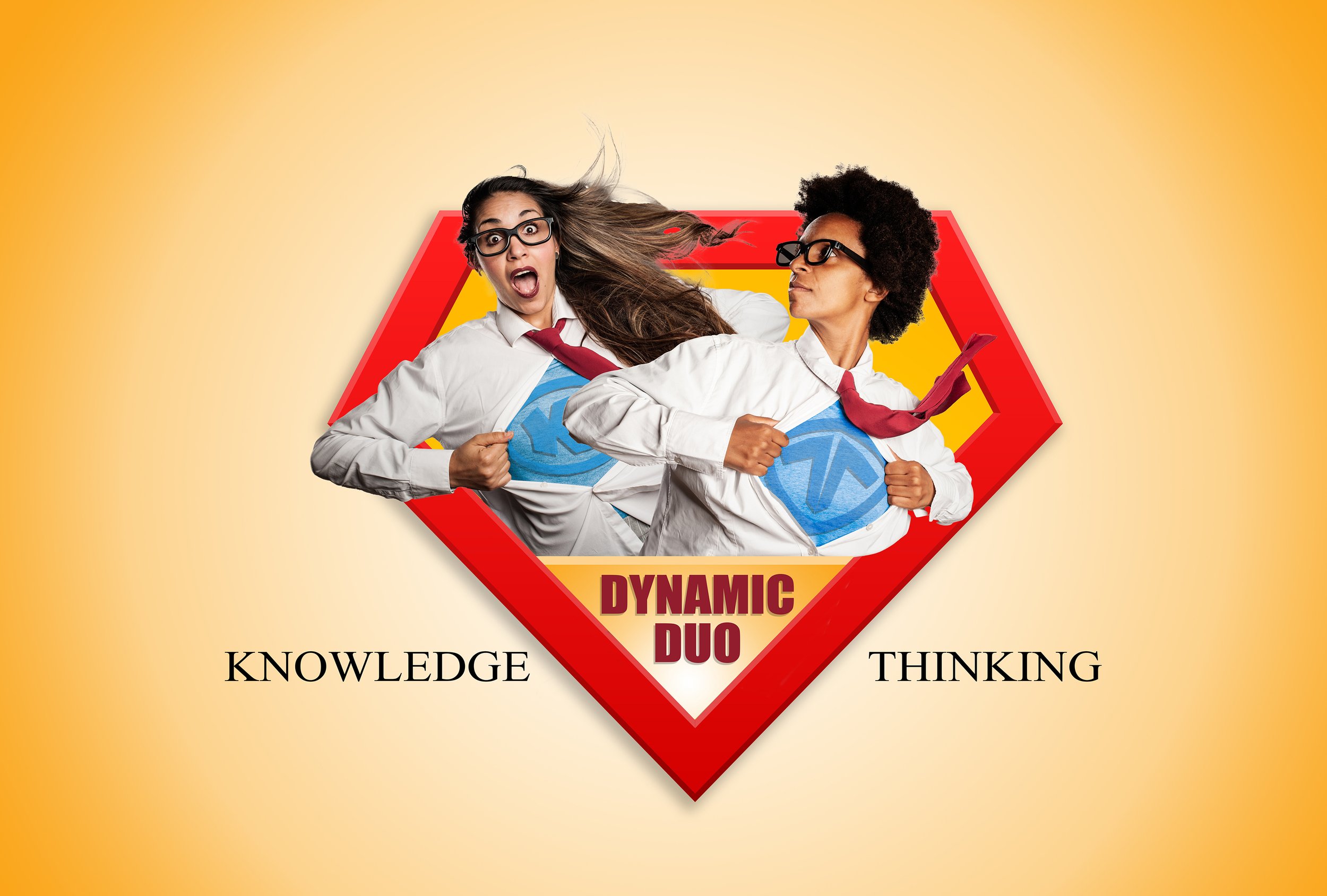Embracing Creative Intelligence
Introduction
Our minds have a natural tendency to organize information into patterns, much like filing information into different folders. These patterns help us understand and navigate the world around us. However, while patterns serve as useful cognitive tools, they can also impose limitations on our thinking, restricting our ability to tap into our creative intelligence. In this blog post, we will delve into the significance of breaking thought patterns and adopting alternative perspectives when examining the information we have categorized within specific patterns. By doing so, we can embrace the power of our creative intelligence, allowing us to broaden our knowledge, generate fresh ideas, and foster innovation.
Understanding the Role of Patterns
Patterns are a fundamental aspect of human cognition. We perceive, categorize, and store information in patterns, which provide structure and consistency to our thoughts and behaviors. Patterns help us navigate through the complexity of the world by allowing us to organize and retrieve information efficiently. However, reliance on patterns can also lead to biases, limitations, and a narrow perspective.
The Limitations of Thought Patterns
While patterns help us make sense of information, they can also restrict our thinking and hinder creativity. When we file information within a pattern, we tend to develop biases that shape our perception and utilization of that information. This narrow viewpoint limits our ability to explore alternative perspectives, think outside the box, and find innovative solutions. To maximize the value of information, it is crucial to break free from ingrained patterns and embrace creative intelligence.
Unleashing Creative Intelligence
1. Challenging Default Patterns: By consciously recognizing our default thought patterns, we can begin to challenge them. This involves questioning assumptions, seeking diverse perspectives, and intentionally looking for alternative ways to categorize and interpret information. Breaking away from default patterns opens up new possibilities and frees us from the limitations they impose.
2. Embracing Uncertainty and Exploration: Creative intelligence thrives in the realm of uncertainty. To tap into this intelligence, we must be willing to venture into uncharted territory, explore new ideas, and embrace the unknown. This requires stepping out of our comfort zones, taking risks, and being open to the unexpected. Embracing uncertainty allows us to break free from the confines of familiar patterns and discover innovative solutions.
3. Fostering a Growth Mindset: Developing a growth mindset is essential for breaking thought patterns. Embracing the belief that intelligence and abilities can be developed through effort and practice encourages us to persevere through challenges and view failures as learning opportunities. A growth mindset nurtures a sense of curiosity, resilience, and adaptability, all of which are crucial for cultivating creative intelligence.
4. Integrating Diverse Knowledge: Creative intelligence thrives when we combine ideas, concepts, and perspectives from diverse domains. By actively seeking out knowledge from various disciplines, we expand our mental toolkit and create a rich foundation for creative thinking. This interdisciplinary approach allows us to identify connections, patterns, and possibilities that may have been overlooked within our familiar patterns of thought.
5. Embracing Iteration and Experimentation: Breaking thought patterns involves a willingness to iterate and experiment with ideas. Creative intelligence thrives when we allow ourselves to explore multiple possibilities, test hypotheses, and embrace the iterative nature of the creative process. By being open to failure and viewing it as an opportunity for growth, we can refine our thinking and uncover novel insights.
Conclusion
While thought patterns are a natural part of our cognitive processes, breaking free from their limitations is essential for unleashing the power of creative intelligence. By challenging default patterns, embracing uncertainty, fostering a growth mindset, integrating diverse knowledge, and embracing experimentation, we can expand our thinking, generate innovative ideas, and drive meaningful change. Breaking thought patterns opens up a world of possibilities and allows us to tap into our innate creative potential.






















